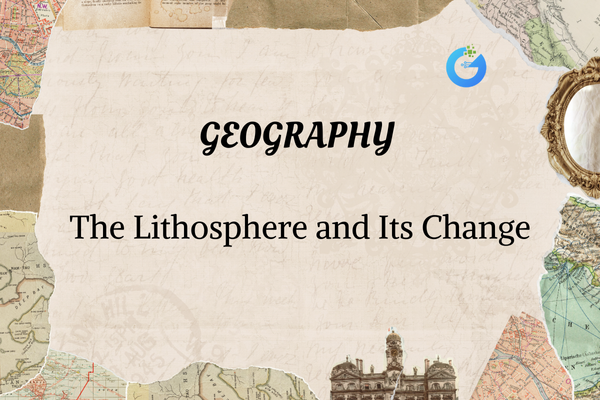Introduction – What Is Transportation in Living Things?
Imagine a city without roads—how would food, goods, or people move around? Just like cities need roads and vehicles, living organisms need transport systems to move water, nutrients, gases, and wastes to different parts of their body. This process is called transportation. From tiny plants to giant whales, every living thing has a way to circulate materials that help them live and grow.
expert-led Biology classes – visit our website to learn more
Transportation in Plants – A Slow but Smart System
Even though plants don’t have hearts or blood, they still need to move water and nutrients from one part to another. This job is done by special transport tissues called xylem and phloem.
Xylem – The Water Highway
Xylem is like a one-way water pipeline. It carries water and minerals from the roots to the leaves. This happens through a process called transpiration, where water evaporates from the leaves and pulls more water up from the roots.
Phloem – The Food Delivery Network
Phloem moves the food (glucose) made in the leaves to other parts of the plant. This movement is called translocation. It can go up and down the plant, depending on where the food is needed.
Transportation in Animals – The Circulatory System
Animals, including humans, have a well-developed circulatory system that acts like an internal transport network. It moves oxygen, carbon dioxide, nutrients, and waste to and from different parts of the body. The main parts of this system are:
- Heart – The muscular pump that keeps the blood moving.
- Blood – The fluid that carries everything.
- Blood vessels – The “roads” or “pipes” through which blood flows.
Let’s take a closer look at each part.
The Heart – Nature’s Powerful Pump
The heart is a strong, muscular organ about the size of your fist. It beats non-stop, pumping blood throughout the body. It has four chambers – two atria and two ventricles – that work together to push blood in the right direction.
- Oxygen-rich blood is sent from the heart to all parts of the body.
- Oxygen-poor blood returns to the heart and is sent to the lungs to get fresh oxygen.
Blood – The Liquid Life Line
Blood is more than just red liquid—it’s a life-carrying fluid. It has:
- Red Blood Cells (RBCs): Carry oxygen from lungs to body.
- White Blood Cells (WBCs): Fight germs and keep us healthy.
- Platelets: Help stop bleeding by forming clots.
- Plasma: The yellowish fluid that carries everything.
Together, these parts help in transport, defense, and healing.
Blood Vessels – The Highway System
Blood flows through a system of tubes called blood vessels. There are three main types:
- Arteries: Carry blood away from the heart (usually rich in oxygen).
- Veins: Carry blood back to the heart (usually low in oxygen).
- Capillaries: Very thin vessels where exchange of substances takes place.
Transportation in Simple Animals
Not all animals have complex systems like humans. In simple organisms like sponges or amoebas, transportation happens through direct contact with their surroundings. Since they are small, substances move in and out of their body cells by diffusion—no heart or blood needed!
FAQs – Transport Wonders
Q1: Why do plants need xylem and phloem?
Because these help in carrying water and food to all parts of the plant. Without them, the plant would dry up or starve.
Q2: Why is the heart called a pump?
Because it pushes blood around the body, just like a water pump moves water through pipes.
Q3: Do all animals have blood?
Not all! Some small animals, like flatworms, don’t have blood. They use simple methods like diffusion.
Fun Facts About Transportation
- Your heart beats about 100,000 times a day!
- Water can travel up to 100 meters in a tall tree through the xylem!
- An amoeba doesn’t have blood or a heart, but it still manages to move food and oxygen using its jelly-like body!
Conclusion – Life in Motion
Whether it’s a tree pulling water to its leaves or your heart pumping blood to your toes, transportation is the secret behind life’s movement. Without it, nutrients, oxygen, and waste would just stay stuck in one place. Understanding how living things manage their internal traffic shows us just how clever and connected nature really is!








